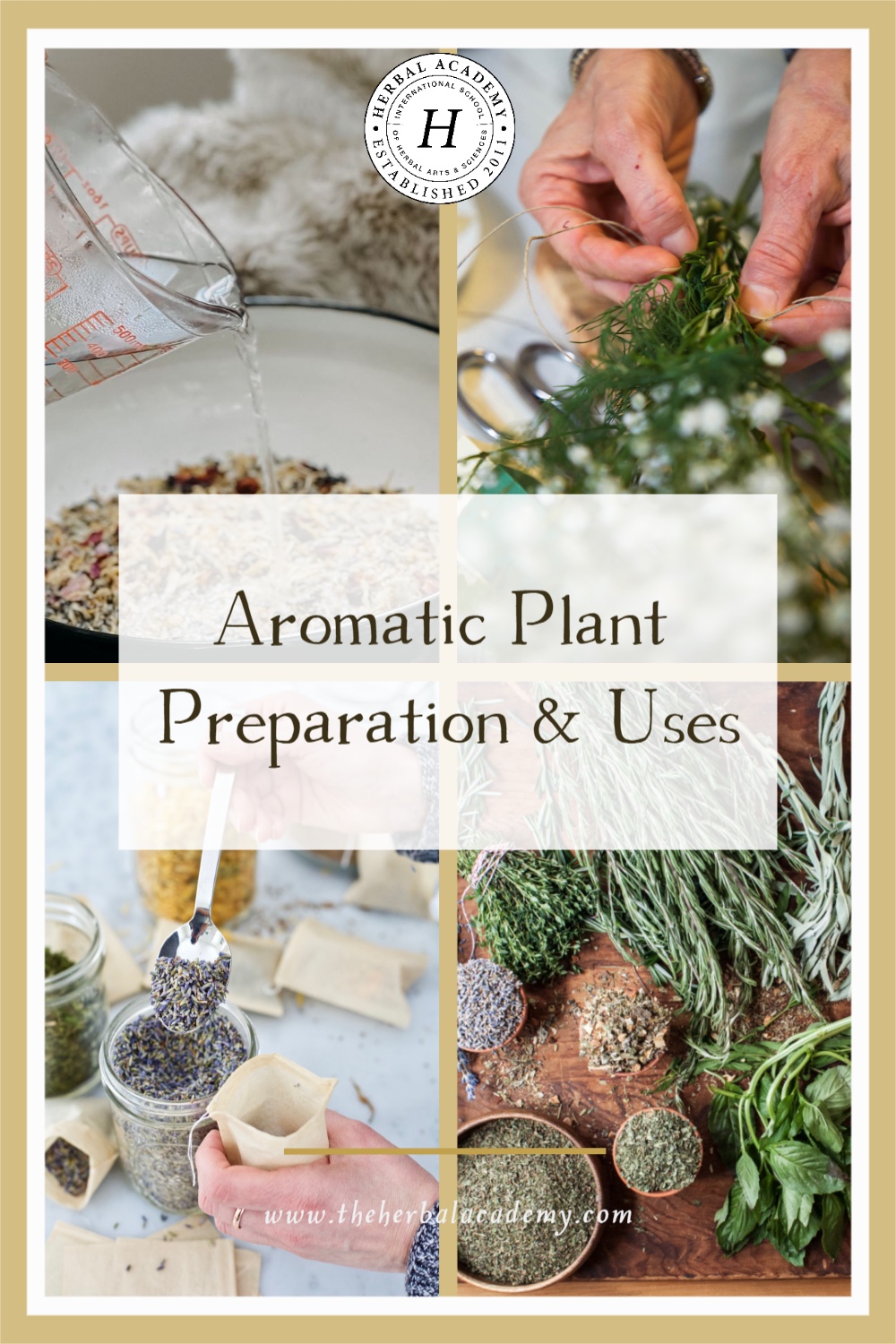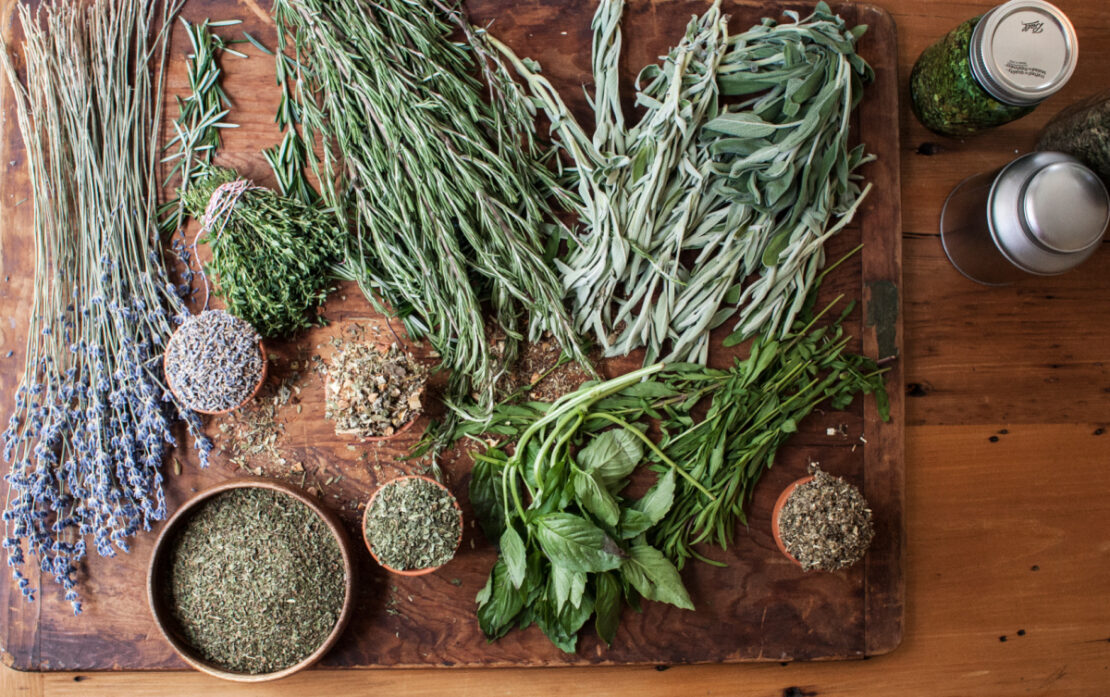
Aromatic Plant Preparation & Uses
The following aromatic plant excerpt is from the book, “Botanicals With Benefits: Develop a New Relationship With Your Garden: The Aromatic Plants Volume” by Kerry Hughes, and is reprinted with permission. Kerry Hughes, MS, principal for EthnoPharm (www.Ethnopharm.com), is an ethnobotanist, herbalist, and author with a 20-year record of success in natural product development. Kerry also is committed to Integrative Herbalism and Functional Nutrition through her role at www.BetterThanHealthy.live. With a focus on ethnobotanical discovery and strategic innovation, Hughes and EthnoPharm continue to expand the boundaries of biodiversity development, catalyze applied phyto-product breakthroughs, and bring to market new, efficacious, and profitable products that not only heal people but help protect the threatened global biodiversity.
Aromatic plants are often wonderful to simply enjoy in the garden, as they can waft scents into the air while they bloom day or night. However, there are specific ways that aromatic plants can be prepared that allow for their aroma to be enjoyed more fully. As will be noted in the following chapters, not all these preparations are appropriate for every plant. Sometimes specific plants are best used in a particular manner. However, it can be fun to experiment and prepare aromatic plants yourself. A few of the most popular methods for preparing aromatic plants are as below:
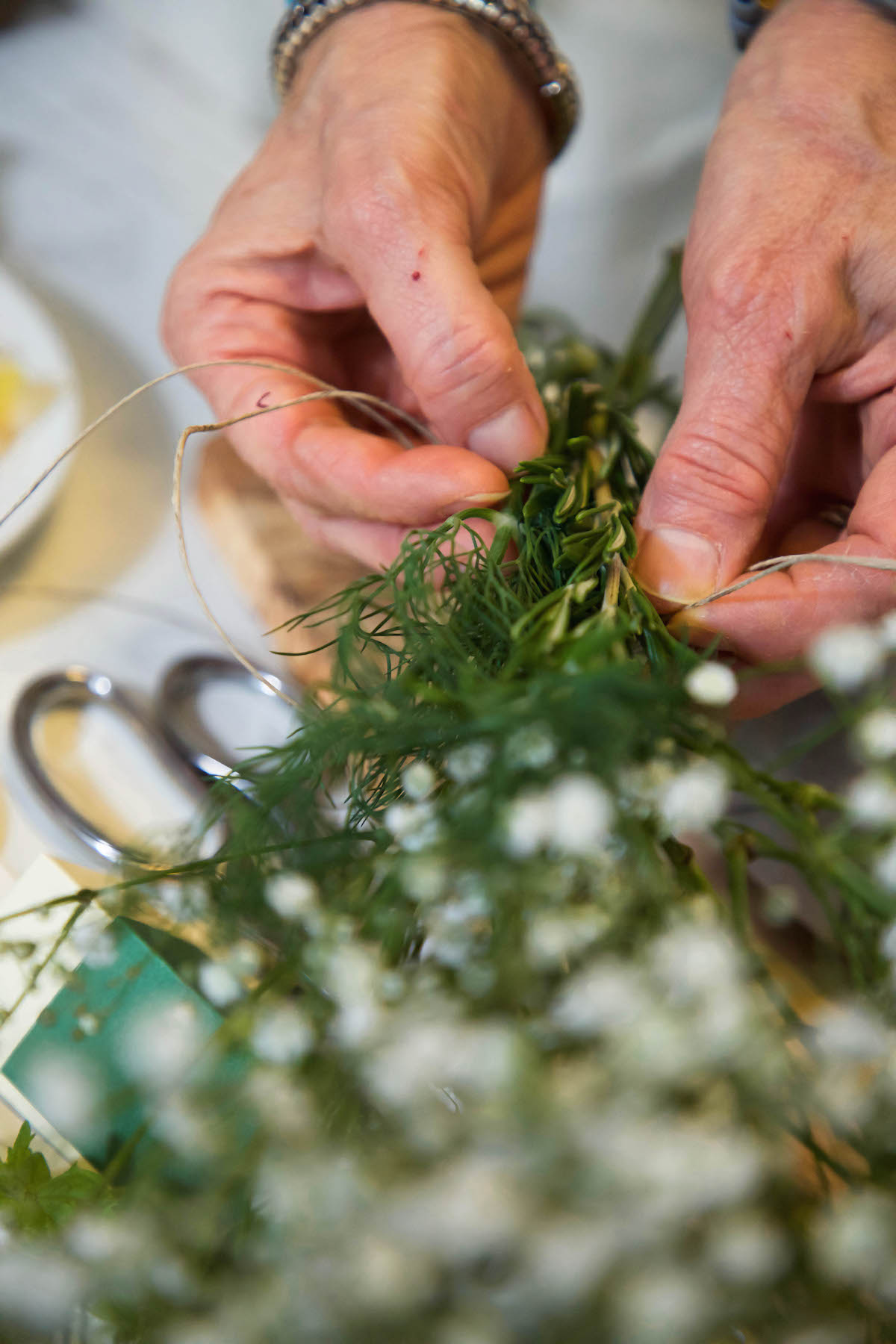
Herb Bundles
Similar to cut flowers, herb bundles are simply cut pieces of herb material that are bound together in a bundle. An old-fashioned type of herb bundle that was used in Victorian times was called a nosegay or a tussie mussie. They were used to exchange with friends or to carry around and not only scent the holder of the tussie mussie but also hold up to the nose when passing foul stench, which was common in those days of open sewers and chamber pots. They were often arranged with ribbons—sometimes with a cone-shaped fancy holder. Today, herb bundles are more commonly enjoyed dried and hung in the house or placed in drawers for scenting clothing such as lingerie.
Another type of herb bundle used by Native Americans are called a smudge. These are typically dried sprigs of sage and/or cedar bound in tight bundles that can be lit and enjoyed as incense. They can also be placed on an altar for their spiritual quality and scent.
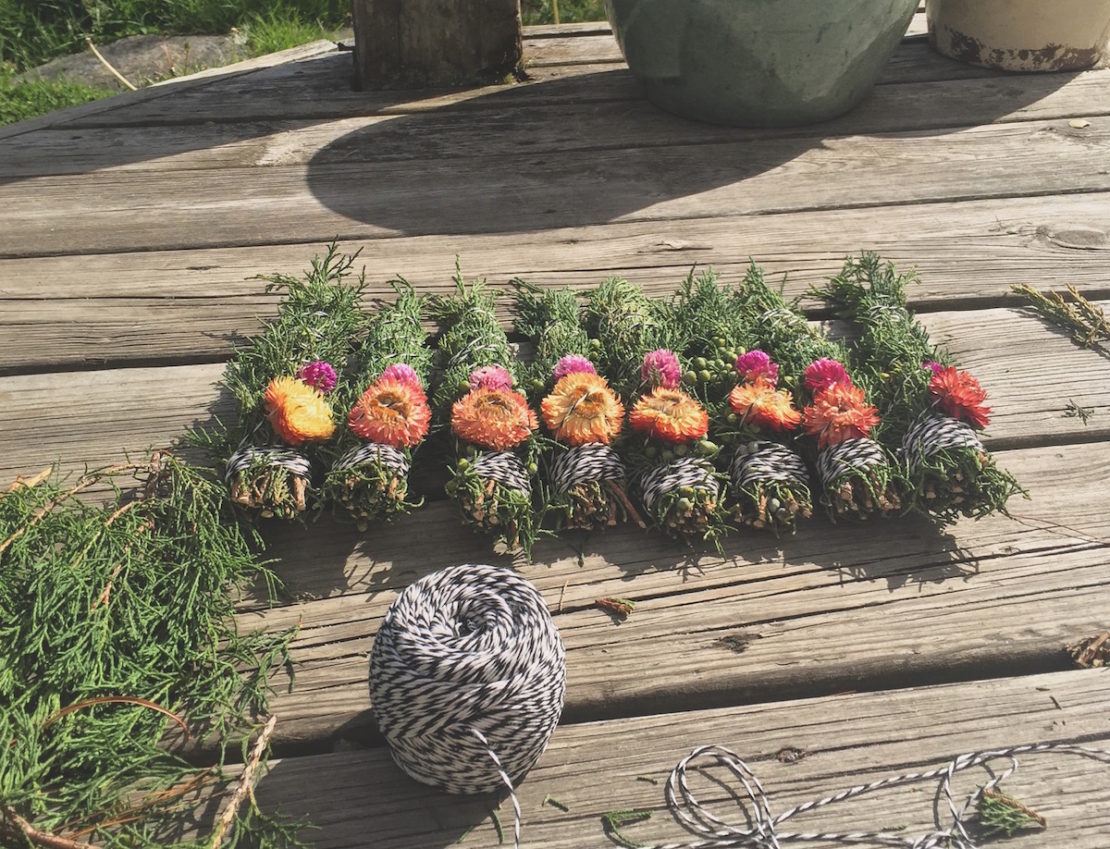
Incense
As mentioned above, herb bundles can be dried and used as incense. Other forms of real incense include the simple dried plant parts, such as resins, bark, leaves, or roots. This “loose” incense can be used singly or as a mixture, and usually is enjoyed by dropping on burning charcoal to create a smoldering fragrant smoke. Besides the typical smudge used by Native Americans, there is another type of bundle that is specific to a type of plant called Sweetgrass
(Hierochloe odorata), which is used as an incense when it’s braided and dried. Real incense can take many other forms. Most of the “incense sticks” found on the market are what I would call cheap imposters—often composed of sawdust that is scented with synthetic fragrance oil, potassium nitrate (to make it burn), and glued together with toxic glues that were never meant to be inhaled. And to top it off, they are often dyed with synthetic dyes (blah!). Not only are these cheap imposters of real incense, but I would consider them dangerous to the health, as many of the components are synthetic and were never tested or made to be inhaled!
Sadly, the cheap imposter incense also degrades the image of what incense is in many people’s minds. Real incense is beautiful and is something we have been doing since the beginnings of recorded history. Almost every major world religion today still uses it! Real incense can take the familiar form of an incense stick but should be made with real fragrant wood powders, plant resins (to “glue” it together”), and sometimes real essential oils. There is much to be said about incense and all its beauty, but if you want to learn more, I recommend reading my earlier book called The Incense Bible. See also the “Focus On: How to Make Incense” within this book.
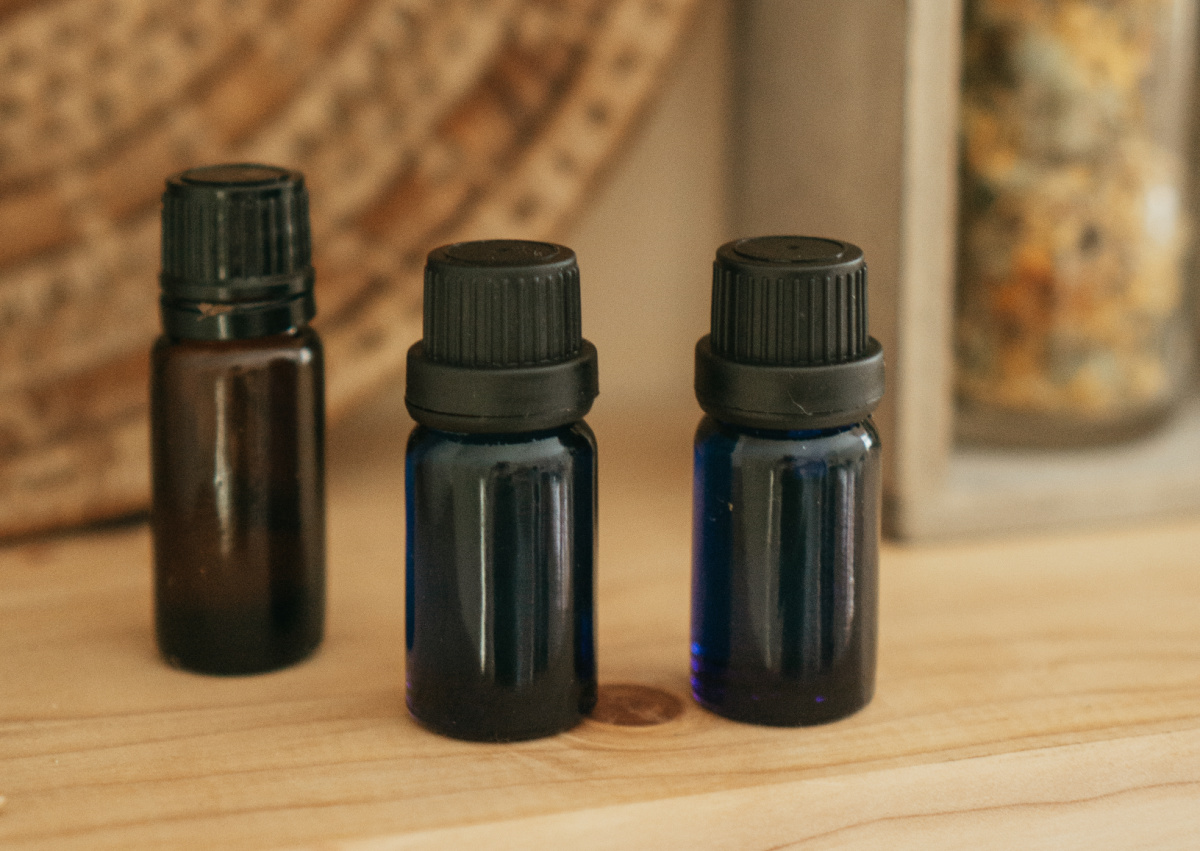
Essential Oils
When we sniff a fragrant flower, what we are smelling is a complex mixture of volatile oils— called essential oils—that the flower emits. They are also commonly contained in special glands on the surface of plant parts, such as the leaves. So, when a fragrant leaf is crushed, it is the essential oil that is emitted. See more information about essential oils and their roles in Chapter 1. When it comes to the preparation of essential oils, this is typically done through steam distillation, which requires the use of a still. Although it is a more complicated way of preparing aromatic materials than the other methods mentioned here, it is possible to buy a beautiful copper still to steam distill essential oils right from your very own home. Other processes that are used to extract essential oils from plant material include expression, cold pressing, solvent extraction, and wax embedding or enfleurage. The easiest of these methods is enfleurage. “See the Focus On: Home Enfleurage.” This is the process where odorless fats are used to capture the delicate scents of flowers or other plant material. It is commonly used for flowers whose essential oils are difficult and expensive to extract, such as Gardenia and Jasmine.
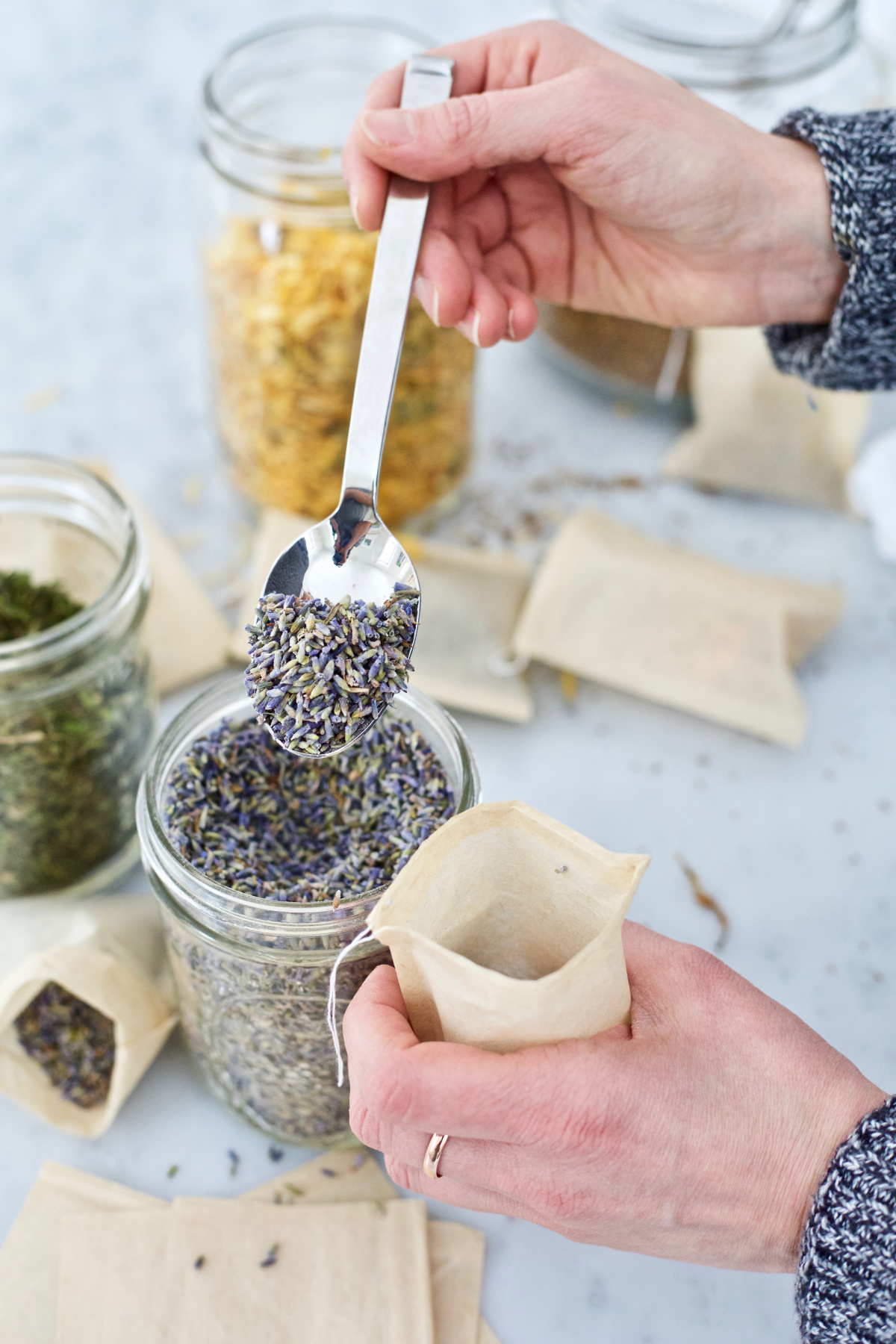
Herbal Teas
Most of us have had herbal teas made from such popular herbs as Chamomile, Green Tea, or Peppermint. However, how many have made their own herbal teas straight from the garden? This is one of the most enjoyable ways to use plants from the garden, which also involves the natural aroma of the plant. To make an herbal tea, a hot water infusion is used—simply meaning, hot/boiling water is poured over plant material and left to steep. A simple example of this is Lavender tea. To do this, fill a tea ball or strainer with either fresh or dried Lavender flower buds. Place in a cup and pour over hot boiled water and let sit for 5 minutes. Now, bring the cup to the nose before consumption and inhale the wonderful, relaxing aroma of Lavender before taking a sip. The majority of any flavor is said to come from the aroma, and aroma can be healing (as in aromatherapy). So inhaling deeply of herbal teas before sipping aids in enjoying the full benefits of the herbs in the tea.
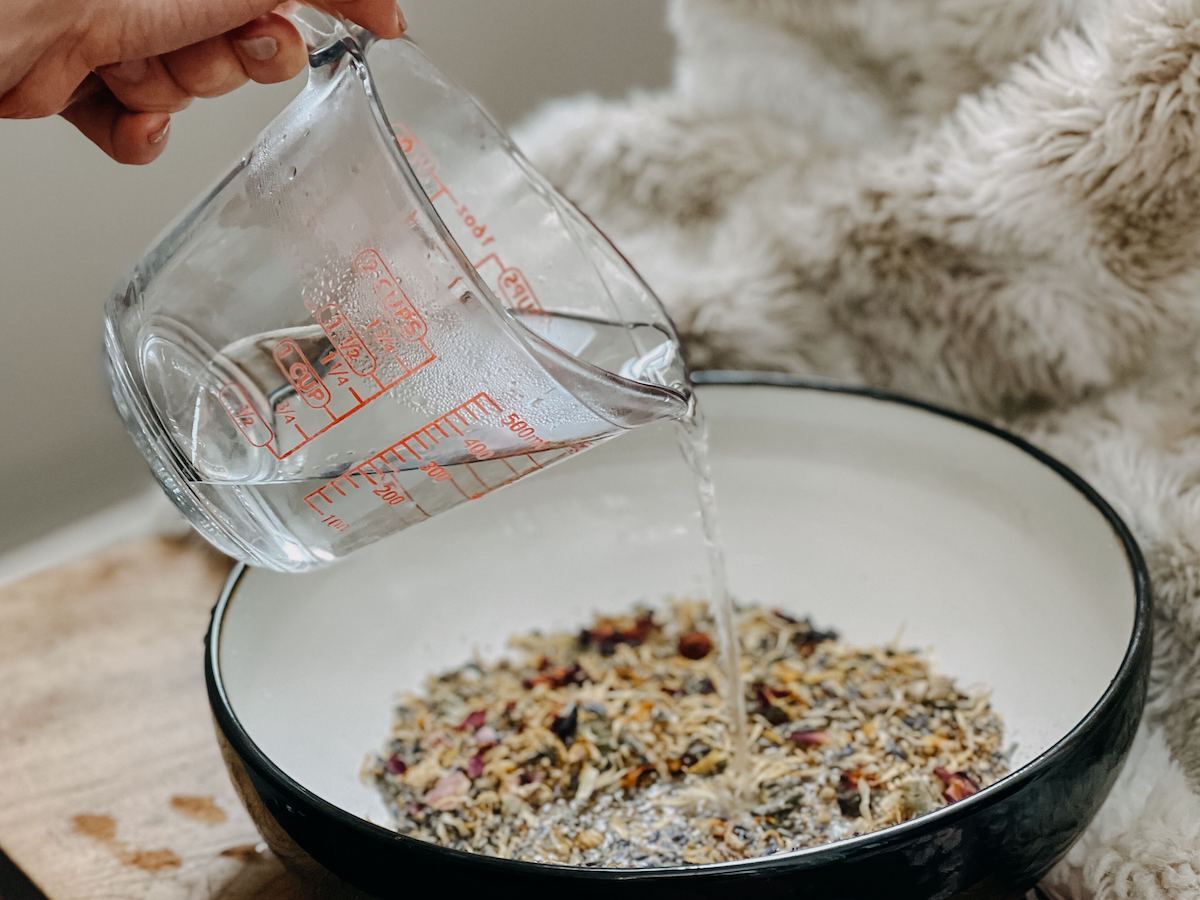
Herbal Steams
In a way, herbal steams are similar to herbal tea, but on a larger scale. Essentially, it involves placing aromatic plant material in a pot of boiling water and then removing it from the heat. Place a towel over your head and then hang your head over the pot of hot aromatic liquid (which it should only be lightly producing steam). As the towel traps the warm aromatic air around the head, the person inhales deeply through the nose and mouth. Herbal steams are often used for clearing head and chest congestion. WARNING: Never attempt to do this while the water is boiling, as the steam can burn the face.
